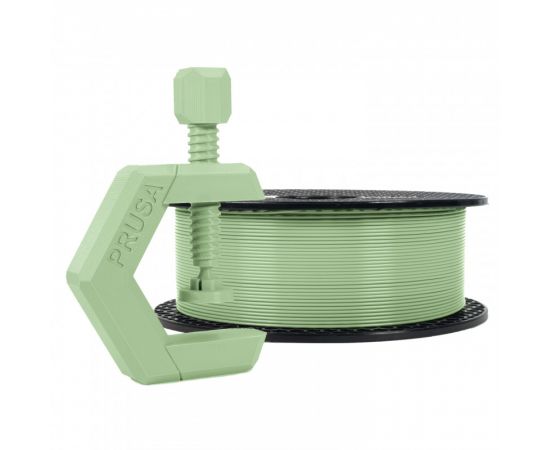-
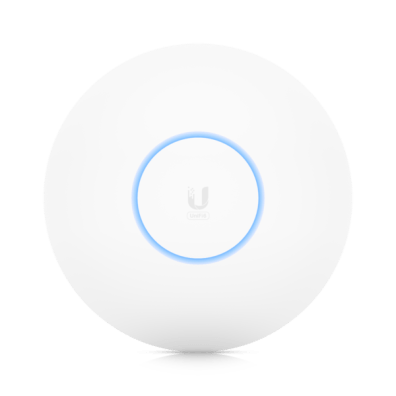 ΔικτυακάΣΥΝΕΧΕΙΑ ΝΕΕΣ ΑΦΙΞΕΙΣ
ΔικτυακάΣΥΝΕΧΕΙΑ ΝΕΕΣ ΑΦΙΞΕΙΣ
Routers, switches, Οπτική Ίνα, Access Points -
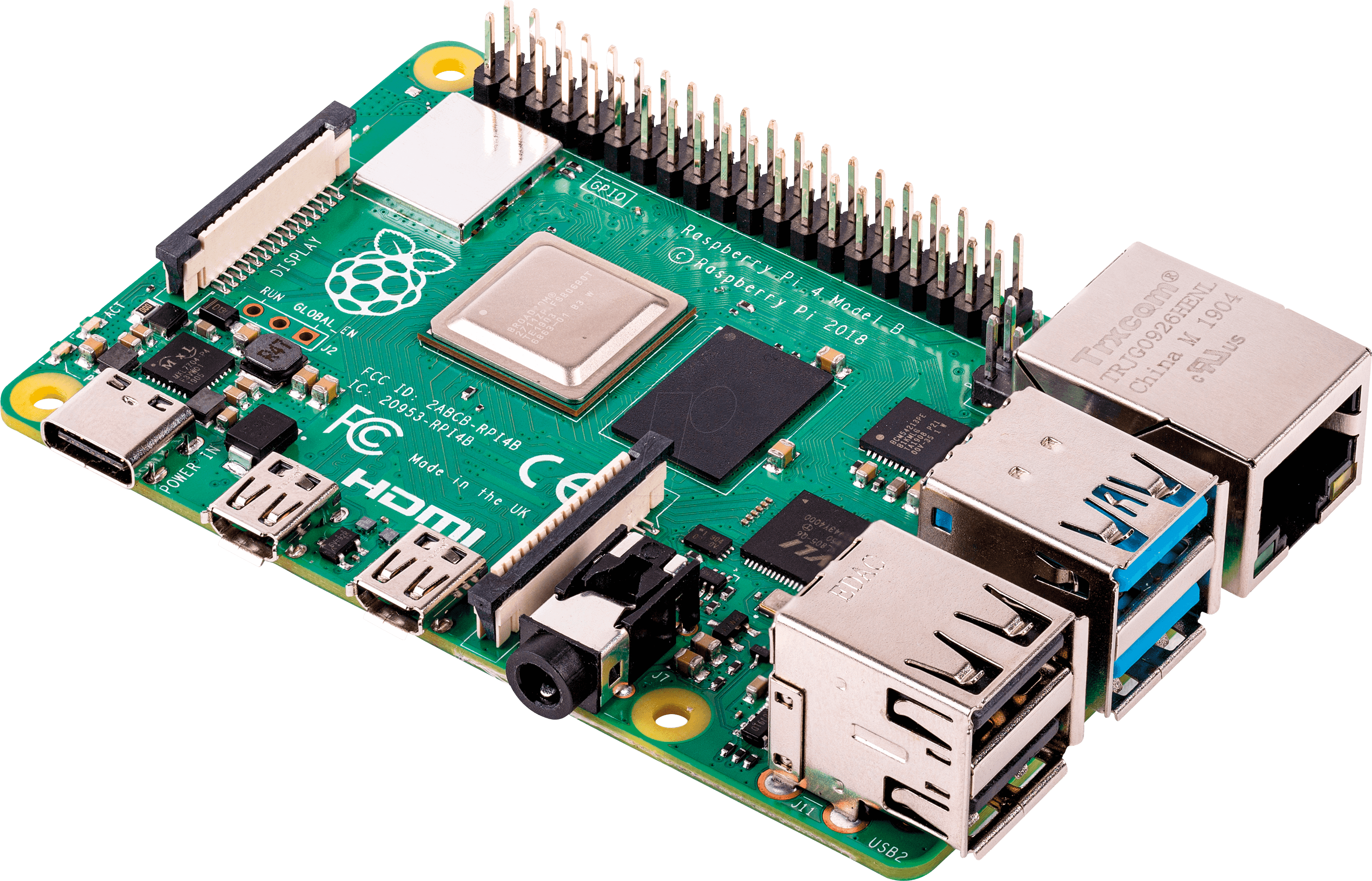 Ηλεκτρονικά
Ηλεκτρονικά
MCU, Arduino, Raspberry, Noctua, Αξεσουάρ -
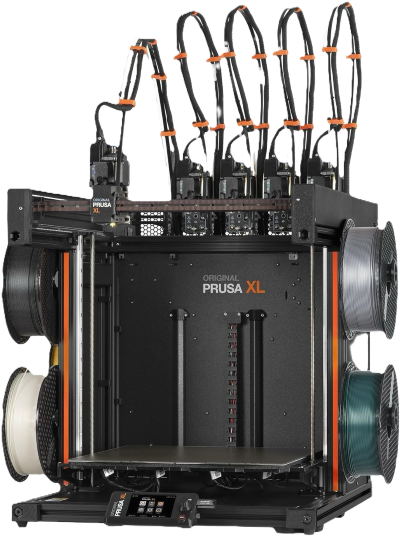 3D Printers/CNC/Laser
3D Printers/CNC/Laser
Filaments, DIY, Accessories -
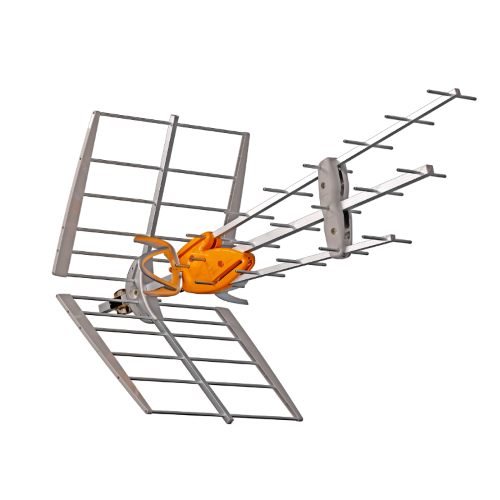 ΤηλεόρασηTeleves & Edision
ΤηλεόρασηTeleves & Edision
Κεραιοσυστήματα, Modulators, Καλώδια -
 Προϊόντα WURTHΨΑΞΕ ΕΔΩ...
Προϊόντα WURTHΨΑΞΕ ΕΔΩ...
Ποικιλία που μεγαλώνει απο μέρα σε μέρα -
 Εργαλεία TOTALΓΚΑΜΑ ΠΟΥ ΜΕΓΑΛΩΝΕΙ
Εργαλεία TOTALΓΚΑΜΑ ΠΟΥ ΜΕΓΑΛΩΝΕΙ
Εργαλεία για διάφορες δουλειές -
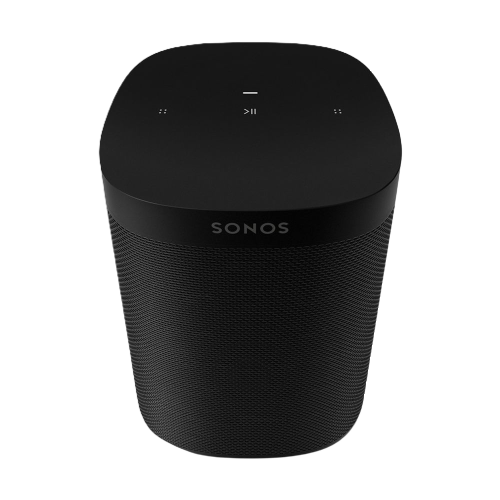 Audio & VideoLike Sonos
Audio & VideoLike Sonos
Είδη Ήχου / Βίντεο & Περιφερειακά -
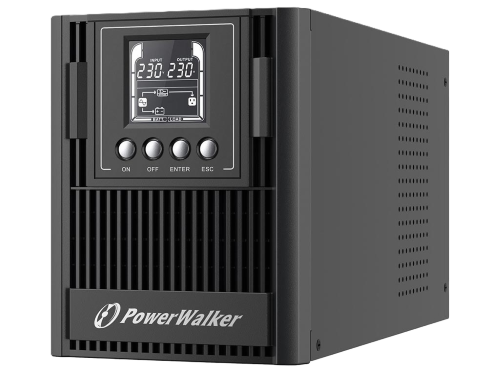 UPS & Καλώδια
UPS & Καλώδια
Βρείτε Powerwalker και καλώδια -
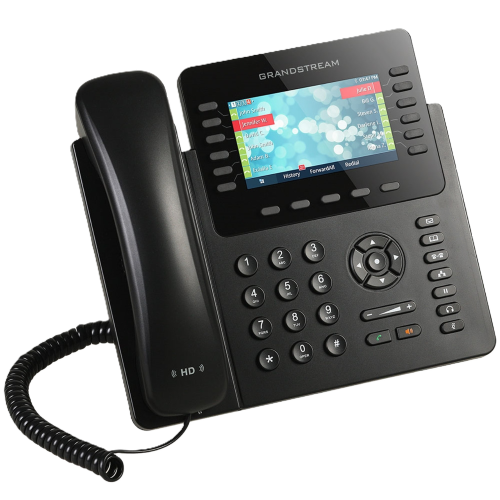 IP PBX Equipment
IP PBX Equipment
VoIP, Appliances, Gateways -
 Νέα προϊόνταΓΙΑ ΝΑ ΤΣΕΚΑΡΕΙΣ...
Νέα προϊόνταΓΙΑ ΝΑ ΤΣΕΚΑΡΕΙΣ...
Γνωρίστε τα νέα προϊόντα μας! -
 InstatechPRO OpenBoxesSpecial Prices
InstatechPRO OpenBoxesSpecial Prices
Προϊόντα απο το κανάλι μας στο Youtube!
-
Δικτυακά
ΣΥΝΕΧΕΙΑ ΝΕΕΣ ΑΦΙΞΕΙΣ
Routers, switches, Οπτική Ίνα, Access Points- Ubiquiti Networks
- MikroTik
- Teltonika
- TP-Link
- Οπτικές ίνες
- Δομημένη καλωδίωση
- SFP/SFP+/SFP28 Modules & DAC
- Καλώδια δικτύου
- Grandstream Networking
- Media Converters
- Noyafa Instruments
- Wavertech
- QuWIRELESS
- Κεραίες Συστημάτων
- Synology
- NetSys
- GL-iNet
- Maxlink
- Dynamode
- PoE
- Reolink Surveillance
- Utepo
- RF Elements
- IgniteNet
- Dovado
- Deva
- Peplink
-
Ηλεκτρονικά
MCU, Arduino, Raspberry, Noctua, Αξεσουάρ- Arduino
- Raspberry Pi
- Orange Pi
- Noctua
- MCU & Modules
- Εξοπλισμός & εργαλεία
- Μπαταρίες
- Kits
- Power supply
- LED Strips & Cobs
- Κουτιά κατασκευών / Din rail
- Alarm & CCTV
- IOT smart systems
- Fans / Cooling
- Phone Adapters
- SD / MicroSD Cards
- DC Motors
- Linear Actuators
- USB Cables
-
3D Printers/CNC/Laser
Filaments, DIY, Accessories -
Τηλεόραση
Televes & Edision
Κεραιοσυστήματα, Modulators, Καλώδια -
Προϊόντα WURTH
ΨΑΞΕ ΕΔΩ...
Ποικιλία που μεγαλώνει απο μέρα σε μέρα -
Εργαλεία TOTAL
ΓΚΑΜΑ ΠΟΥ ΜΕΓΑΛΩΝΕΙ
Εργαλεία για διάφορες δουλειές -
Audio & Video
Like Sonos
Είδη Ήχου / Βίντεο & Περιφερειακά -
UPS & Καλώδια
Βρείτε Powerwalker και καλώδια -
IP PBX Equipment
VoIP, Appliances, Gateways -
Νέα προϊόντα
ΓΙΑ ΝΑ ΤΣΕΚΑΡΕΙΣ...
Γνωρίστε τα νέα προϊόντα μας! -
InstatechPRO OpenBoxes
Special Prices
Προϊόντα απο το κανάλι μας στο Youtube!
Τεχνικές ερωτήσεις για ηλεκτρονικά εξαρτήματα θα εξυπηρετούνται μέσω τηλεφώνου Δευτέρα εως Παρασκευή καθώς δεν υπάρχει τεχνικός για δια ζώσης εξυπηρέτηση στο φυσικό κατάστημα. Επίσης τα Σάββατα προσωρινά δεν υπάρχει καθόλου τεχνικός ηλεκτρονικών
Σχετικά με την κάλυψη διαθέσιμης θέσης ηλεκτρονικού μπορείτε να στέλνετε βιογραφικά στο iraklis@cableworks.gr
Prusament 1.75mm PETG Pistachio 1kg
Κωδικός e-Wireless: 1145.132
Αποστέλλουμε παραγγελίες σε όλη την Ελλάδα με ΕΛΤΑ Courier και ACS
Για να σας λύνονται όλες οι τεχνικές απορίες
Αρκεί το προϊόν να μην έχει ανοιχτεί και να μην έχουν προκληθεί φθορές στην συσκευασία του
E-WIRELESS
Αναλυτική Παρουσίαση
ABOUT PETG
PETG is a very tough material with good thermal resistance. Its use is universal but especially suitable for mechanical parts and both indoor and outdoor use. PETG has almost no warping, so printing large objects isn’t a problem. We use PETG to print parts for our printers!
PETG is one of our favorite materials for 3D printing. It’s almost as easy to print as PLA, but it can offer many mechanical properties that PLA prints just cannot achieve. The G in the acronym PETG stands for Glycol which is added during the manufacturing process. Glycol modifies the properties of PET, so that it’s easier to print, less brittle and clearer when printing with semi-transparent variants. PETG has low thermal expansion, so even when printing big objects, and without an enclosure, it rarely lifts from the bed and warps. In addition to that, PETG is ductile. It has a healthy amount of flex which can prevent parts from breaking under pressure.
Unlike PLA or ABS, PETG tends to ooze a bit and may leave strings of plastic on your print. You can fight this with increasing retraction and playing with hotend temperature, but if you use our filament presets in Prusa Slicer, we already did that for you and the amount of stringing is minimal. If you witness a tiny bit of stringing anyway, you can get rid of it by quickly blasting your finished prints with a heat gun.
If you can handle the oozing and strong adhesion, you’ll be left with a very durable print, that is considerably temperature resistant and usable for both indoor and outdoor use.
PRINTING SETUP
Nozzle |
250 °C |
Heatbed |
80-100 °C |
BASIC ATTRIBUTES
|
High temperature resistance |
Not suitable for tiny parts |
||
|
Easy to print |
Possibility of stringing |
||
|
Low shrinking and warping |
Poor bridging characteristics |
||
|
Strength and Durability |
|||
|
Simple to sand |
Notes
This PETG is made in-house by Prusa Research.
1.75 mm filament is manufactured with precision of +- 0.02 mm
Before printing, make sure the surface of heatbed is clean as described in 3D Printing Handbook.
e-Wireless
Τεχνικές Προδιαγραφές
- QoS
- Νομοθεσία
Για την καλύτερη απόδοση και σωστή λειτουργία όλων των συσκευών πρέπει σε κάθε εγκατάσταση να χρησιμοποιούνται τα εγκεκριμένα υλικά
Προσοχή!
Βάσει της ισχύουσας Ελληνικής Νομοθεσίας, του Ε.Κ.Κ.Ζ.Σ. (ΦΕΚ 47/2002, ΠΔ44 Άρθρο 1, Παρ 2), το προϊόν αυτό είναι εγκεκριμένο με τον τύπο CE (!).
H νόμιμη χρήση των προϊόντων που χρησιμοποιούν τη ζώνη συχνοτήτων 2400 – 2483,5 MHz, πρέπει να έχουν μέγιστη ισχύ εκπομπής τα 100 mW e.i.r.p. Στην ισχύ αυτή συνυπολογίζεται η ισχύς εξόδου του πομπού και η προσθήκη ισχύος της κεραίας.
Αρμόδια για την εποπτεία του φάσματος στην Ελληνική Επικράτεια είναι η E.E.T.T.
- Λεωφ. Βουλιαγμένης 571, Αργυρούπολη Αττικής
Χάρτης / Φόρμα Επικοινωνίας - info@e-wireless.gr
- Fax: +30 2109922401
© 2004 - 2024 e-Wireless.gr. Production by interTEN

Η ιστοσελίδα χρησιμοποιεί cookies για την ευκολία της περιήγησης, την εξατομίκευση περιεχομένου και διαφημίσεων και την ανάλυση της επισκεψιμότητάς μας. Δείτε τους ανανεωμένους όρους χρήσης για την προστασία δεδομένων και τα cookies.
Τα παρακάτω cookies μας βοηθούν να βελτιώνουμε την εμπειρία χρήσης σας.
